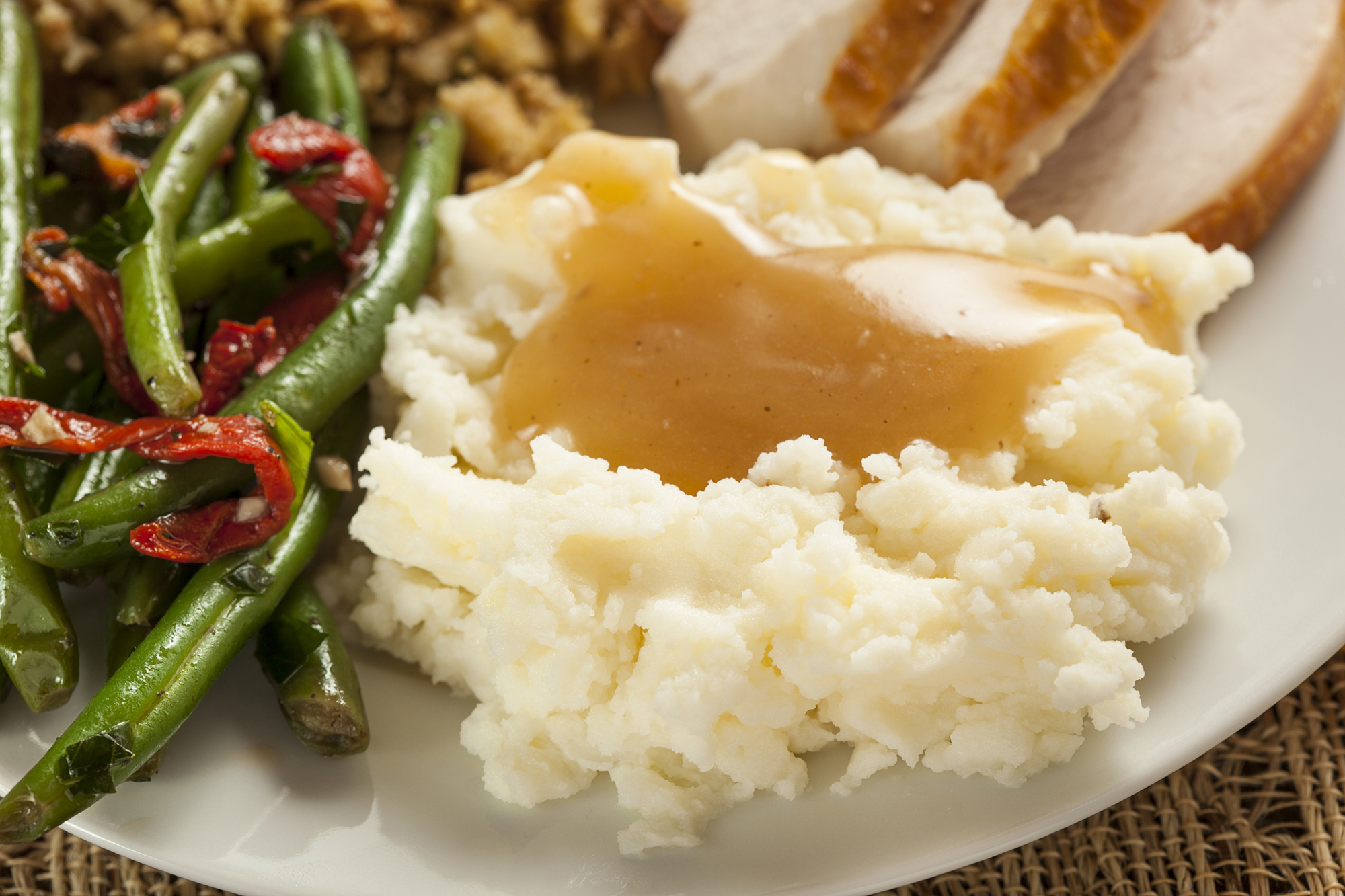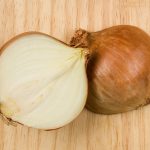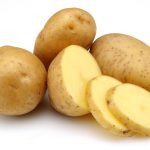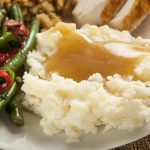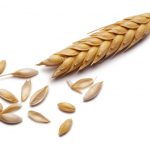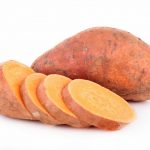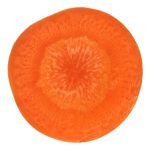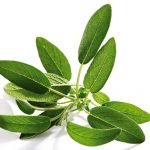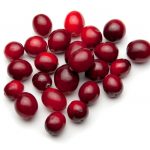As we gather to give thanks this year, preserving peace and domestic tranquility may call for some extra creativity. Chatting about the meal is a time-honored way to keep conversation on a neutral track. And if you look at it the way UConn plant biologist Pamela Diggle does, you’ll have enough to talk about for hours.
To Diggle, professor and acting head of UConn’s Department of Ecology and Evolutionary Biology, plants are the real stars of the Thanksgiving Day menu. As she sees it, the onions, carrots, celery, herbs, and other plants in our favorite holiday dishes are doing what we all do: making a living, looking for love, and setting something aside for a rainy day.
In a holiday-themed review that she created for students, Diggle sheds light on the strategies these and other plants employ in those pursuits. Her entertaining examination provides an up-close look at the fruits, vegetables, grains, and spices that go into our Thanksgiving standbys, and explains the role evolution, adaptation, and even sex play in making them tantalizing to both our eyes and taste buds.
If things get tense on turkey day, don’t panic. Just serve up a few of Diggle’s botanical factoids and be thankful.
Consider the stuffing
Regardless of what kind of stuffing you serve, onions are more than likely a part of it. Onion bulbs are part of the shoot of an onion plant, and have leaf bases modified for storage. They store fructose sugars and use those sugars to survive the winter. The starches they store in their leaf bases support new growth in the spring. Blame the sulfur compounds for making your eyes sting when you cut onions.
Go easy on the potatoes
Just like an onion, a potato is the part of the potato plant that helps it get through the winter. Those nubs we know as the eyes are axillary buds that develop into the shoots of the plant. To survive, the potato stores starch made up of long chains of glucose (sugar) molecules that are coiled and then packed into starch grains, Diggle says. Cooking disrupts the grains and the long chains start to leak out.
Whipping causes the long chains to leak more, then unwind, and then tangle around one another giving it a gluey consistency. To avoid that, Diggle recommends treating potatoes gently so that the starch grains largely stay intact. Then add milk and butter to coat the grains and keep them separated from each other.
Not all spuds are alike
Which variety of potato you mash also matters, Diggle says. Russets have cells that tend to separate from each other as their cells break down, giving them a dry, fluffy texture. Waxy red and yellow potatoes, on the other hand, have cells that adhere to each other, giving them a solid structure well suited to salads and gratins.
Pass the bread
Bread is made of the offspring of wheat, a grass which like all members of this family make a single-seeded fruit. Each individual grain is an embryo that will eventually grow into the shoot, roots, and leaves of the wheat plant. The tissue surrounding it is called the endosperm and is packed with nutrients that feed the embryo during germination until it can establish itself and start photosynthesizing. A layer of cells with extremely thick waterproof walls protects the embryo from the environment and from predators that want to eat it. This layer is what we know as bran. Wheat germ is almost pure endosperm.
Slow and low makes sweet potatoes sweeter
Sweet potatoes, or Ipomoea batatas, are related to Morning Glories. They become sweeter during cooking because they have an enzyme that breaks starch down to sugar. The enzyme works better when the potato is cooked in the 135 to 175 degree temperature range, so slow baking gives you sweeter potatoes, Diggle says.
Funny, they don’t look like trees
Carrots are another storage root, and have much in common with trees. Did you know, for example, that the storage tissue in carrots is made of wood and bark? Like trees, carrots form and add special cylindrical tissues. But unlike trees, these are not growth rings. The carrot is adding conducting tissue that is mostly used for storage.
Hairy leaves hold in flavor
The leaves of plants play some important roles in the Thanksgiving Day feast. Sage, for example, lends flavor to the turkey. The hairs on the surface of the plant synthesize the aromatic oils that give sage its savory signature smell, but are toxic to animals and many other plants.
Ruby red color helps cranberries reproduce
Cranberries owe their beautiful ruby red color to water-soluble pigment stored in the vacuole. Their bright red color and sweet taste serves a critical purpose: to attract animals to eat them and spread their seeds. And cranberries are full of pectin, the stuff that gives cranberry sauce its trademark texture.
Still hungry?
Diggle will present her Botany of Thanksgiving lecture in its entirety tomorrow, Nov. 19, at 1 p.m. in Room 130 of the Biology/Physics Building. The program is part of a series presented by the Connecticut State Museum of Natural History and Connecticut Archaeology Center. It is free and open to the public.
